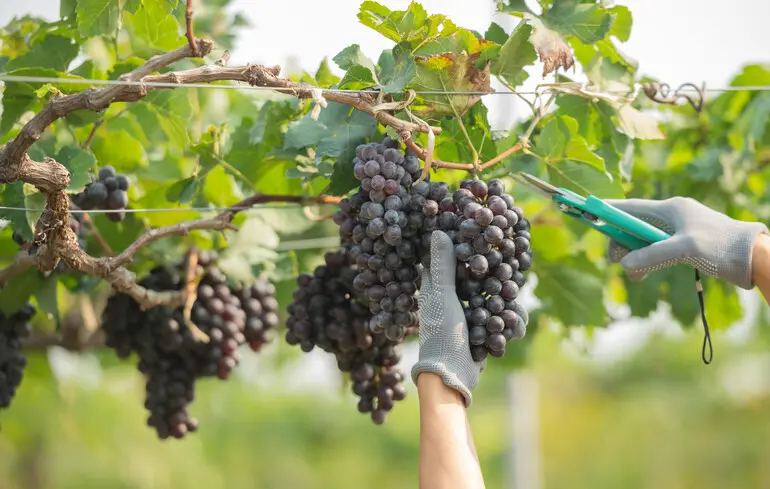Deep Dive into Bronze Age Viticulture and Olive Cultivation: New Findings Challenge Old Assumptions about Early Agriculture

A comprehensive study analyzing over 1,500 charcoal and seed samples from archaeological sites reveals fascinating insights into the most valued crops of early farmers during the Bronze Age.
It turns out that, contrary to common belief, ancient farmers in the Near East some 10,000 years ago did not limit themselves to cultivating wheat and barley.
Instead, they actively cultivated grapes and olive trees.
Climate fluctuations and drought conditions during this period pushed farmers to adopt advanced irrigation techniques to sustain their harvests in harsh environments.
Particularly notable is the evidence of intensive irrigation practices for vineyards, even in regions where natural conditions were unfavorable for grape growing.
This highlights the significant cultural and economic role that wine and grape cultivation held in early societies.
Researchers also discovered that the production of olive oil in Italy predates previous estimates by several centuries, indicating its long-standing importance in regional economies.
Isotope analysis suggests that ancient farmers made strategic decisions considering not only climate but also economic demands, balancing the risks of crop failure with complex irrigation strategies.
Such practices underscore sophisticated resource management and technological ingenuity that date back thousands of years.
The findings also emphasize the importance of resilience and adaptation to climate variability, lessons that remain relevant today.
Ultimately, this research demonstrates that early civilizations possessed remarkable agricultural expertise, leaving a profound legacy in the history of human cultivation and resourcefulness.

